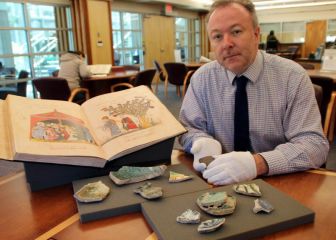Archaeology

Brendan Burke, new Mellon Professor

Digital archaeology frames national art exhibition
The Ring
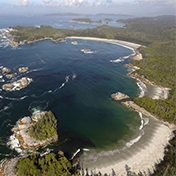
Earliest Known Human Footprints in North America
The New York Times
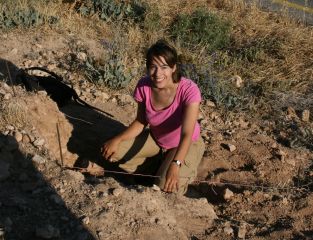
Paleolithic stones snag 21st-century attention
The Ring
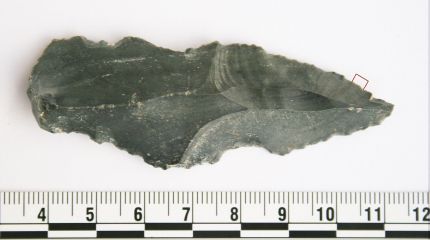
Stone Age discovery
Media release
Preliminary data points to oldest human footprints
Media release
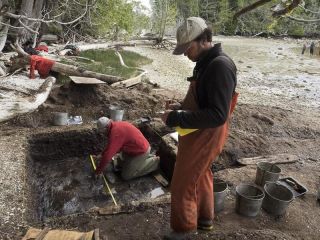
13,000-year-old footprints
The Ring
- < Newer
- 1
- Older >

